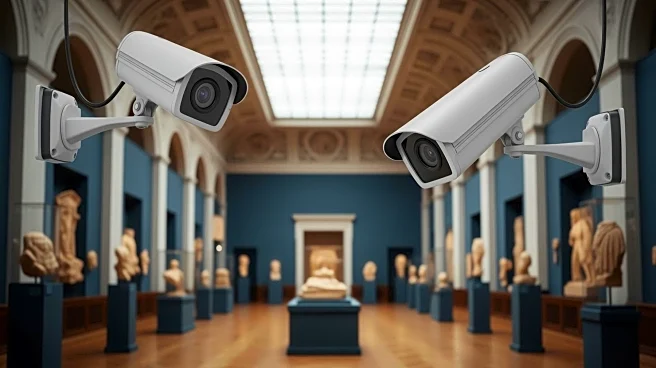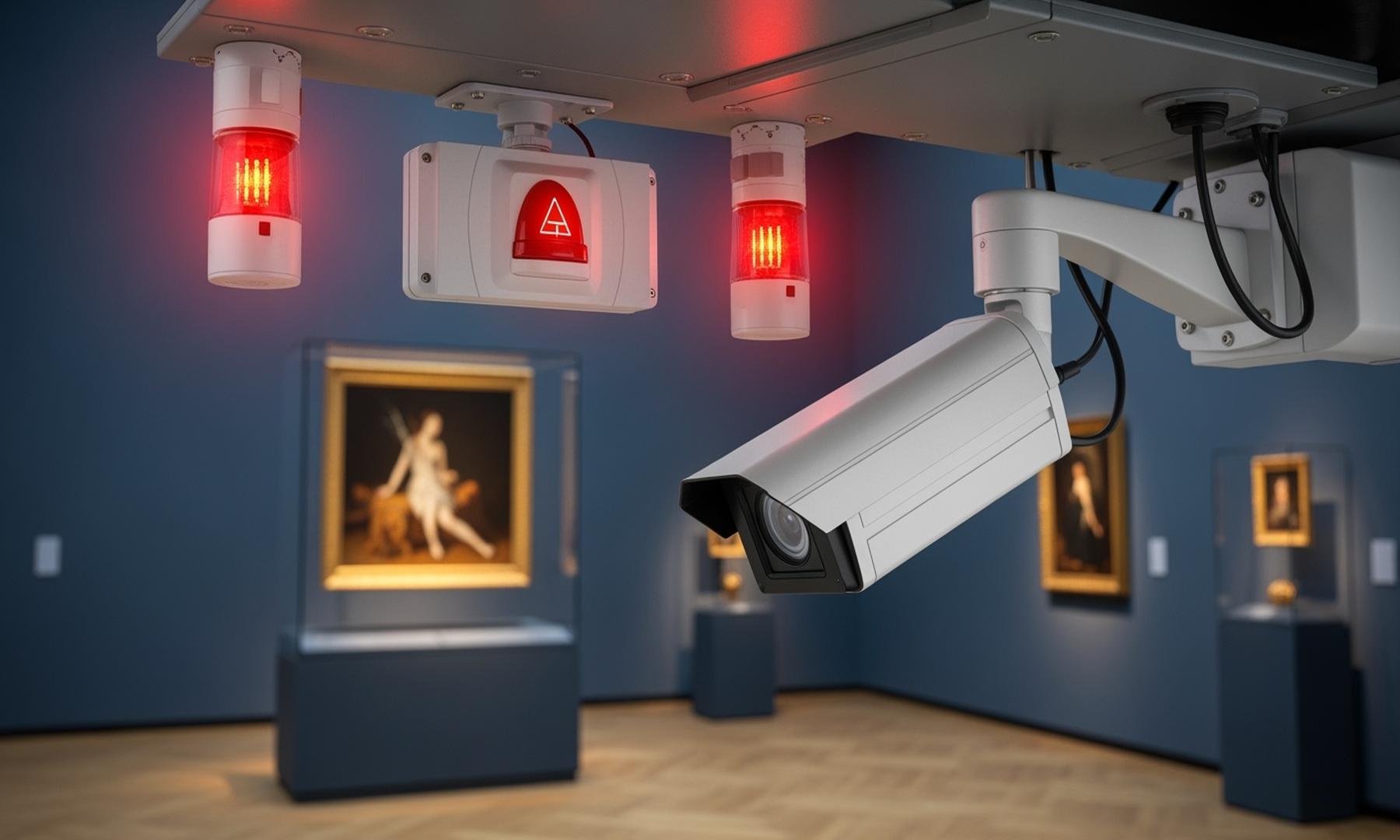What's Happening?
A security camera at the Louvre was reportedly facing the wrong direction during a heist, according to a hearing with a French official. The official highlighted that the museum's aging infrastructure was unable to support modern surveillance systems,
which contributed to the security lapse. This incident has raised concerns about the adequacy of security measures in place at one of the world's most famous museums.
Why It's Important?
The misalignment of security cameras at the Louvre underscores the challenges faced by historical institutions in integrating modern technology. This incident could prompt museums worldwide to reassess their security protocols, especially those housed in older buildings. The vulnerability exposed by this event may lead to increased investment in security upgrades, impacting budgets and operational priorities. Additionally, it raises questions about the balance between preserving historical architecture and ensuring contemporary security standards.
What's Next?
In response to the security breach, the Louvre may need to conduct a comprehensive review of its surveillance systems and infrastructure. This could involve collaborating with technology experts to design solutions that respect the museum's architectural integrity while enhancing security. Other museums might follow suit, initiating similar evaluations to prevent future incidents. Stakeholders, including government officials and cultural preservationists, may engage in discussions to address these challenges.
Beyond the Headlines
The incident at the Louvre highlights a broader issue of how cultural institutions manage the integration of technology within historical settings. Ethical considerations arise regarding the preservation of heritage versus the necessity of modern security measures. This could lead to a reevaluation of policies governing the maintenance and upgrading of security systems in historical sites, potentially influencing future legislation and funding allocations.
















